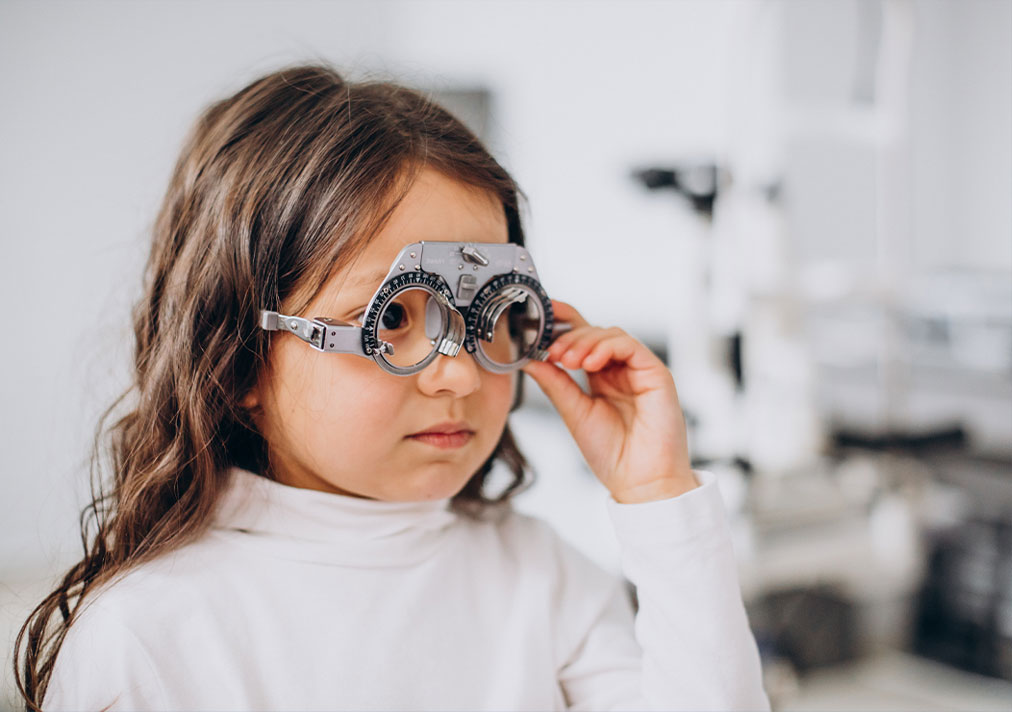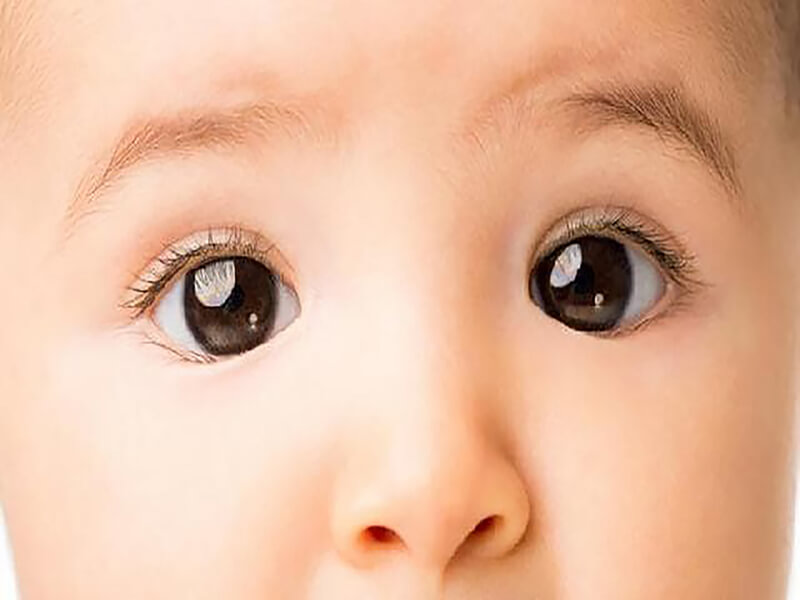What is ROP (Retinopathy of prematurity) :
ROP is a potentially blinding disorder. Infants who are born before 38 weeks of gestation (pregnancy) are premature babies. In such babies, the blood vessels that feed the retina haven’t finished growing. Retinopathy of prematurity happens when, for some time, these stop growing, and then there is a sudden abnormal growth in them. This occurrence affects the retina (the inner layer of the eye).
The magnitude of Retinopathy of prematurity:
Out of 20 million children born annually in India about 3% are pre-maturely born and roughly 10% of them are admitted to NICUs. Approximately 10% of those admitted in the NICUs are at the risk of developing ROP. If all the 600,000/- pre-maturely children (3% of total children born) were to be admitted in NICUs all over the country, about 66000 children are at the risk of developing ROP, if left undiagnosed and untreated. In India, the incidence of ROP is between 38 and 51.9% in low-birth-weight infants. As per the figure given by Clare Gilbert in 2010, there are about 300,000 children (>15 years of age) are blind in India and 10% of them are blind due to ROP.
Causes of Retinopathy of prematurity :
When a baby is born prematurely, the retina is only partially formed. The blood vessels have grown into the retina at the very back of the eye but not into the rest of the retina. The amount of abnormal underdeveloped retina proportional to the severity of prematurity. Babies born before a gestational period of 30 weeks are at a higher risk of developing ROP.
Risk Factors includes in Retinopathy of prematurity :
The most important risk factors for ROP are prematurity and low birth weight. Hyperoxia, Hypoxia, Hypotension, Acidosis, Respiratory distress syndrome, Apnea, duration of ventilation, Sepsis, Anemia, Blood transfusions, Patent ductus arteriosus, Phototherapy are also attributed to the development of ROP.
Signs of Retinopathy of prematurity :
ROP can manifest with a variety of presentations ranging from the avascular retina with hemorrhages (blood) to scarring or dragging of the retina, vitreous hemorrhage, cataract, and retinal detachment.
Hence, a trained specialist is required to examine the retina.
Who should see a retina specialist :
Premature babies, babies with low birth weight, and other risk factors as mentioned above.
When to see a retina specialist : (Screening)
31 weeks post-conception age or 4 weeks after birth (whichever of the two is later). Preferably, one session of retinal screening should be carried out by the 30th day of life and thereafter as suggested by the specialist.
Treatment :
The early stage of vascular underdevelopment may not require treatment under close follow-up. Early and severe stages of ROP can be treated with retinal photocoagulation (laser therapy) and/or Injection in the eye (intravitreal anti-VEGFs). Late stages may require vitreoretinal surgery. Considering the poor outcome of surgery in endstage ROP timely intervention in the form of laser and/or injection treatment is considered as suitable treatment options.
When to treat:
Treatment should be started as and when suggested by the specialist. Treatment is usually required within weeks (in early stages) or days (in severe/advanced stages) of examination.
We, at EyeQ Vision, understand that the eyes and vision of your baby are important to you. We bring you high-quality eye healthcare at an affordable price
Also Read: Cataract Surgery: Why second eye Cataract surgery is important?


